Bringing a new cat into the family can be an exciting experience. But just like children, they are a huge responsibility. It is important to understand what it takes to care for a cat. That includes knowing what conditions may adversely affect them. Here are some common conditions that cats can get, how they are treated, and what can be done to prevent their occurrence.
- 01 of 05
Feline Immunodeficiency Virus (FIV)
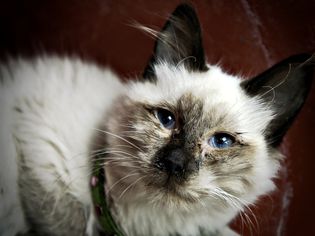
Moment Open/Getty Images
Feline immunodeficiency virus (FIV) decreases the function of the immune system and causes AIDS in cats. The virus is spread through the saliva of an infected cat, primarily by biting. Cats that roam outdoors, male cats, and older cats are more likely to become infected. This condition is diagnosed using a blood test. Your veterinarian may suggest performing this test when a new cat is acquired.
Shortly after becoming infected, cats may have a fever and enlarged lymph nodes. Soon, these signs will disappear. The cat may appear healthy, with no further signs of infection for months or years. There is no cure. Treatment often involves supportive care and treatment for secondary infections. Once a cat is diagnosed with FIV, they will have it for life.
02 of 05Feline Leukemia Virus (FeLV)
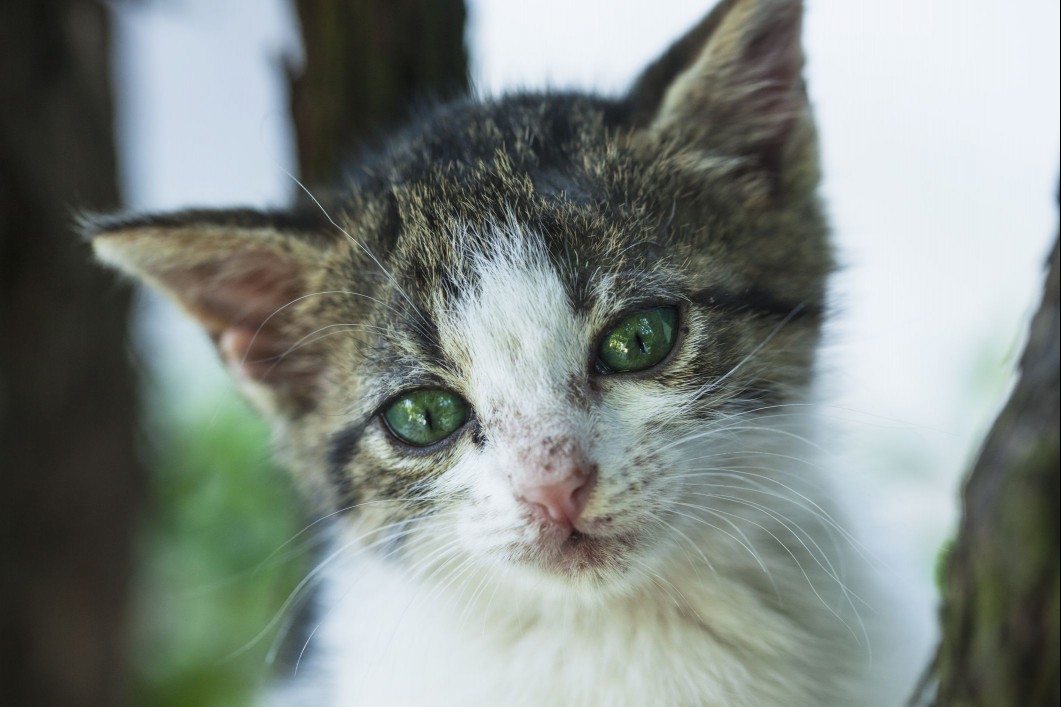
Drbouz/Getty Images
Feline Leukemia Virus (FeLV) is highly contagious and causes more cat deaths than any other organism. FeLV affects cats that are in close contact. The primary mode of transmission is by contact with saliva from an infected cat. The virus can be passed in other ways, including transmission through blood, urine, feces, and milk secretions. It most commonly occurs through close, social contact. The condition is diagnosed with a blood test. Your veterinarian may suggest performing this test when a new cat is acquired.
Symptoms can be multi-systemic. They may include anemia, suppression of the immune system, reproductive issues, intestinal inflammation, and even neurologic disorders. There is no cure. Supportive care and treatment of symptoms, aims to reduce the effects on the immune system. Once a cat is diagnosed with FeLV, they will have it for life.
03 of 05Feline Viral Rhinotracheitis
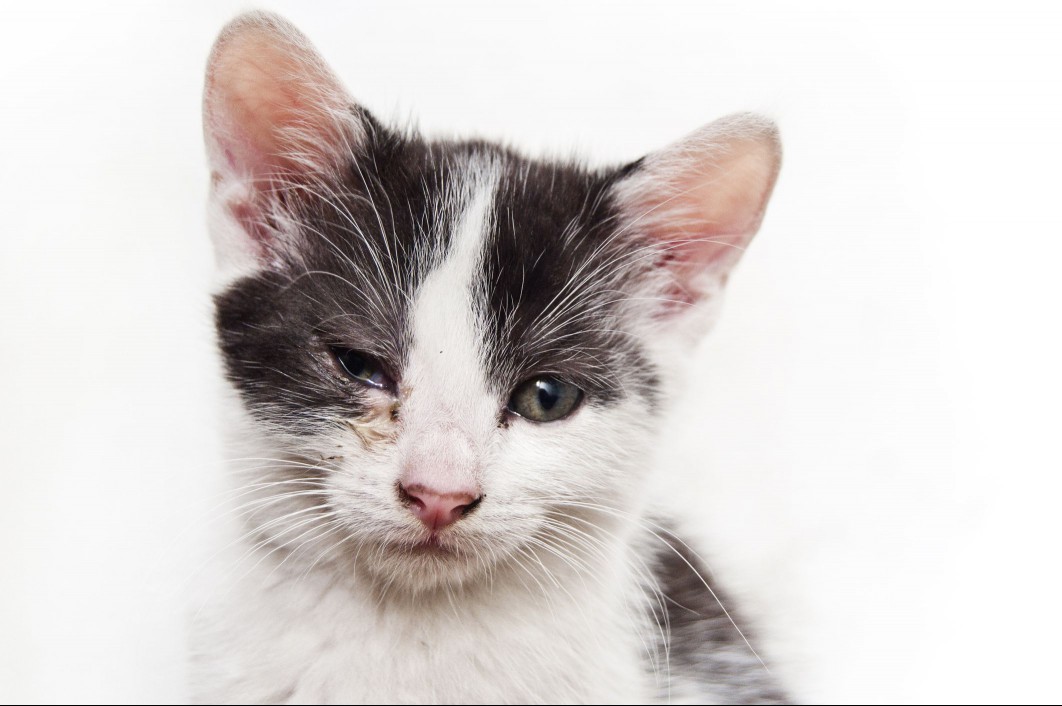
07photo/Getty Images
Feline Viral Rhinotracheitis is the term used to describe a group of infectious agents that cause upper respiratory symptoms in kittens and cats. Herpesvirus and Calicivirus, account for about 90 percent of respiratory infections in cats. Other agents include Chlamydophila, Mycoplasma, Bordetella, and others. It is very common for a cat to be infected with more than one agent.
Feline Viral Rhinotracheitis is also highly contagious. The virus is spread by wet sneezes of infected felines. Infected cats typically come from the shelter, are outdoor cats, or are housed in close contact with many other cats. Symptoms include sneezing, runny eyes, and nasal discharge. Sometimes cats may experience a cough, oral or nasal ulcers, and even a fever. Treatment depends on the severity of symptoms, but may include antibiotics, fluids, and antiviral medication. Vaccines are available, but, are not 100 percent preventive. They do help minimize symptoms.
04 of 05Giardia

SCIEPRO/SCIENCE PHOTO LIBRARY/Getty Images
Giardia are single-celled protozoal organisms that can cause intestinal infections in cats. Although rare, Giardia can be passed to humans. Cats in group settings like shelters, are most commonly affected. Giardia have two forms: the trophozoite and the cyst. The trophozoite is the parasitic form that lives within the host (cat), swimming around and attaching to the intestine. The cyst is the contagious form and lives in the environment.
Symptoms include continual or intermittent diarrhea and occasional vomiting. In many cases, there are no symptoms. Diagnosis used to be difficult, but in recent years, an in-house test was created making the process easier. The most successful treatment includes a broad spectrum dewormer prescribed by a veterinarian. Because cysts can stick to the infected cat's fur, they can be a source of re-infection. So a bath should be given during the course of treatment. Environmental decontamination is recommended. To help prevent the spread of Giardia cysts, prompt and frequent removal of feces and disinfection, limits environmental contamination. Cysts are inactivated by most quaternary ammonium compounds, steam, and boiling water.
Continue to 5 of 5 below05 of 05class="comp sources mntl-block">Ringworm
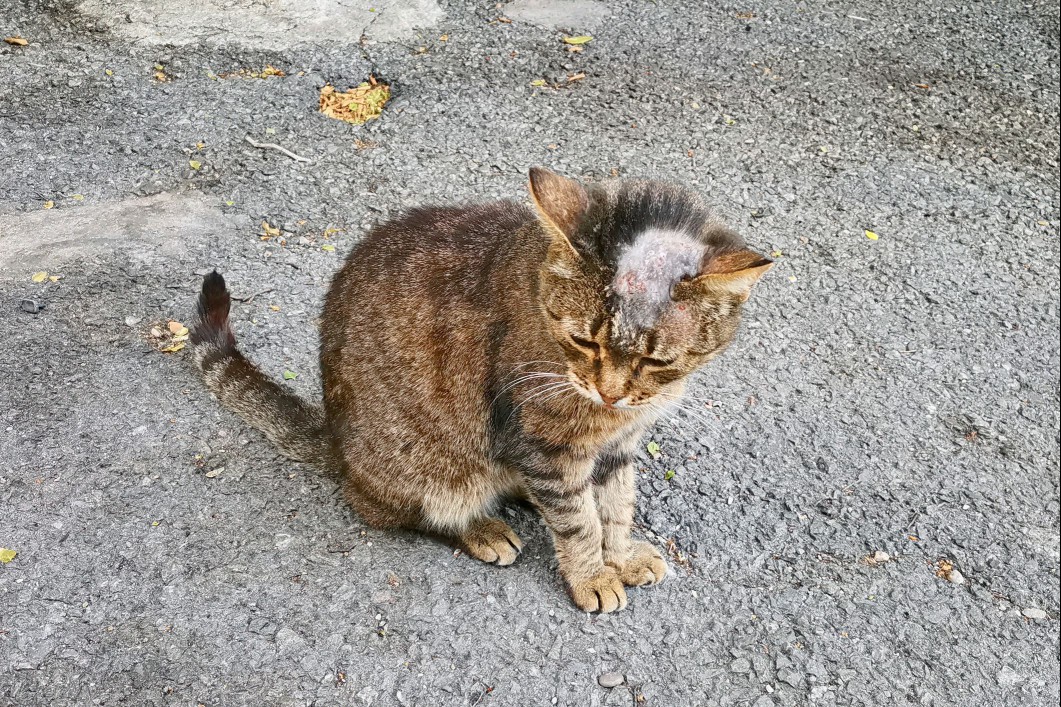
Elen11/Getty Images
Ringworm is an infection of skin, hair, or nails caused by a type of fungus know as dermatophyte. Ringworm is zoonotic, meaning, it can be passed to humans. Infection can come from direct contact with an infected symptomatic animal, direct contact with an asymptomatic carrier, or contact with spores in the environment. Infection is transmitted when spores bind to abraded or irritated skin. Skin lesions typically appear one to three weeks after exposure.
Infected cats usually develop bald, scaly patches with broken hairs. They may also develop acne-like bumps on the skin. The most common sites affected by ringworm are the face, ear tips, tail, and feet. Ringworm is diagnosed by fungal culture, examination with an ultraviolet lamp, and direct microscopic examination of hair or skin scale. Ringworm infections may sometimes clear on their own, but some cats may need treatment. Medicated shampoos and dips, and anti-fungal medication, may help to speed recovery. They may also prevent further spread of the fungus in the environment. Diluted bleach can be used to clean the pet's environment. If you suspect you or someone in your household has become infected with Ringworm, please contact your doctor for further instruction.
If you suspect your pet is sick, call your vet immediately. For health-related questions, always consult your veterinarian, as they have examined your pet, know the pet's health history, and can make the best recommendations for your pet.



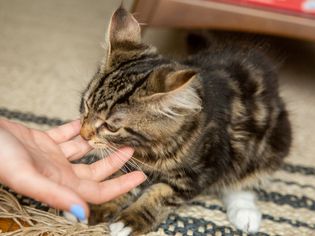

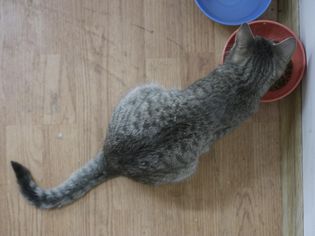

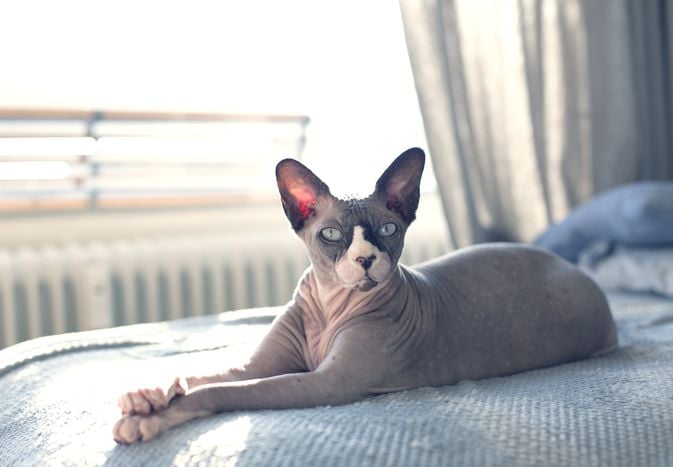

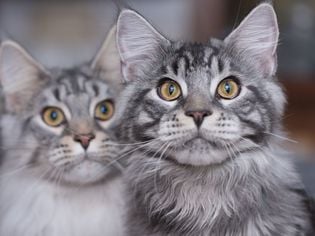
Comments on " Infectious Diseases in Cats" :